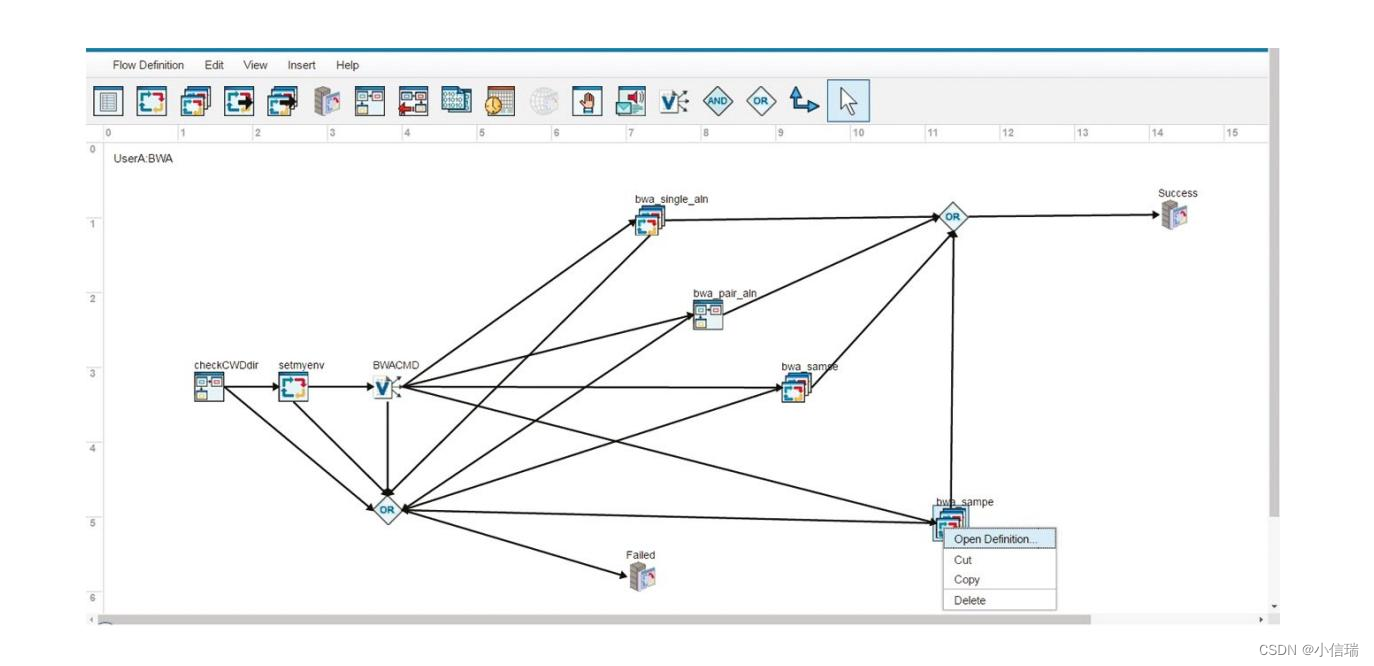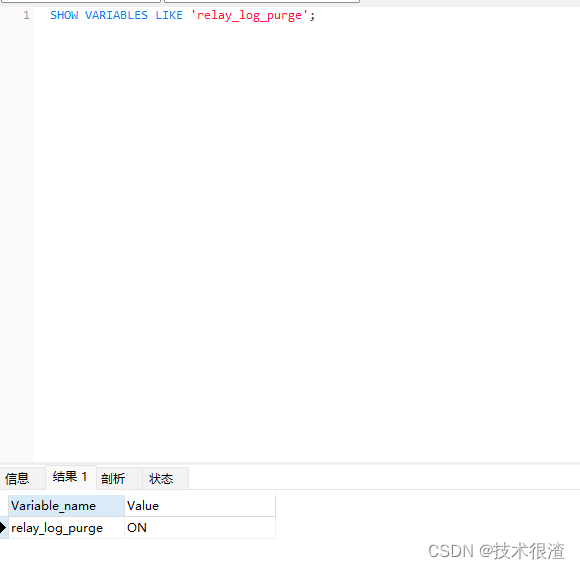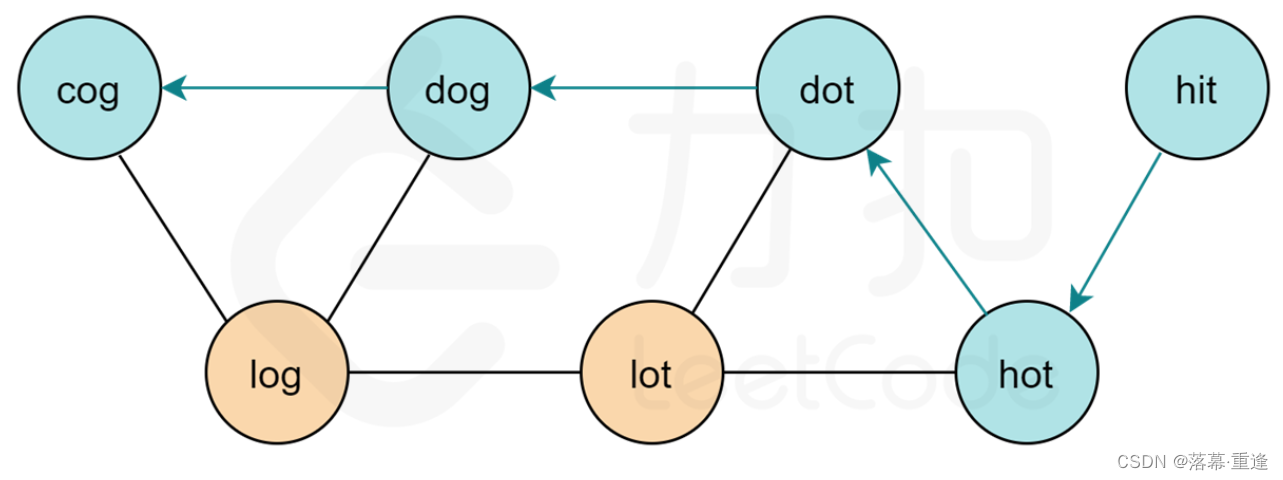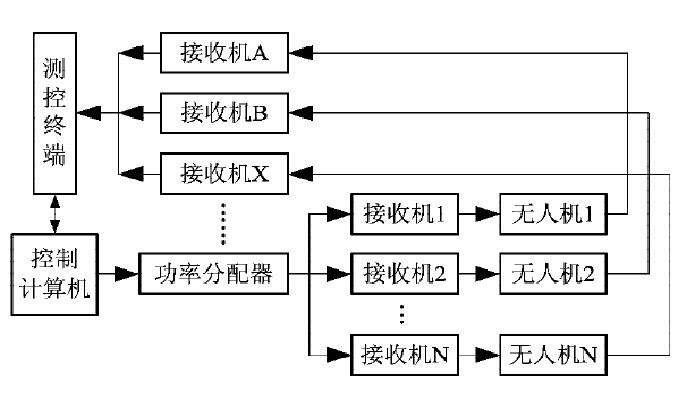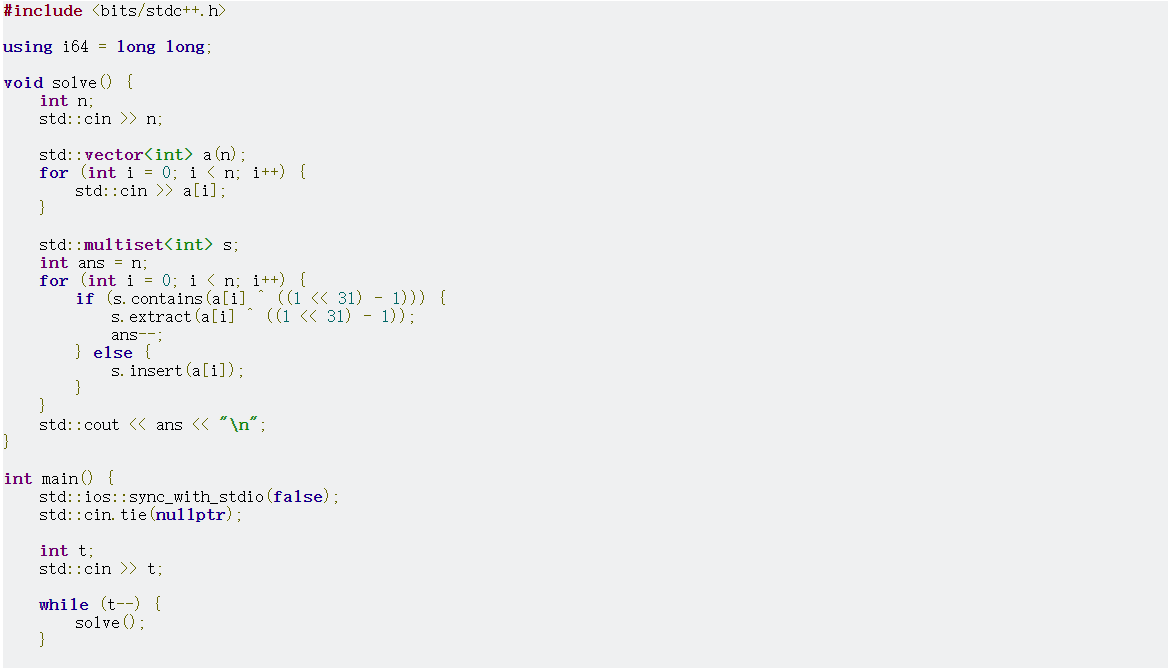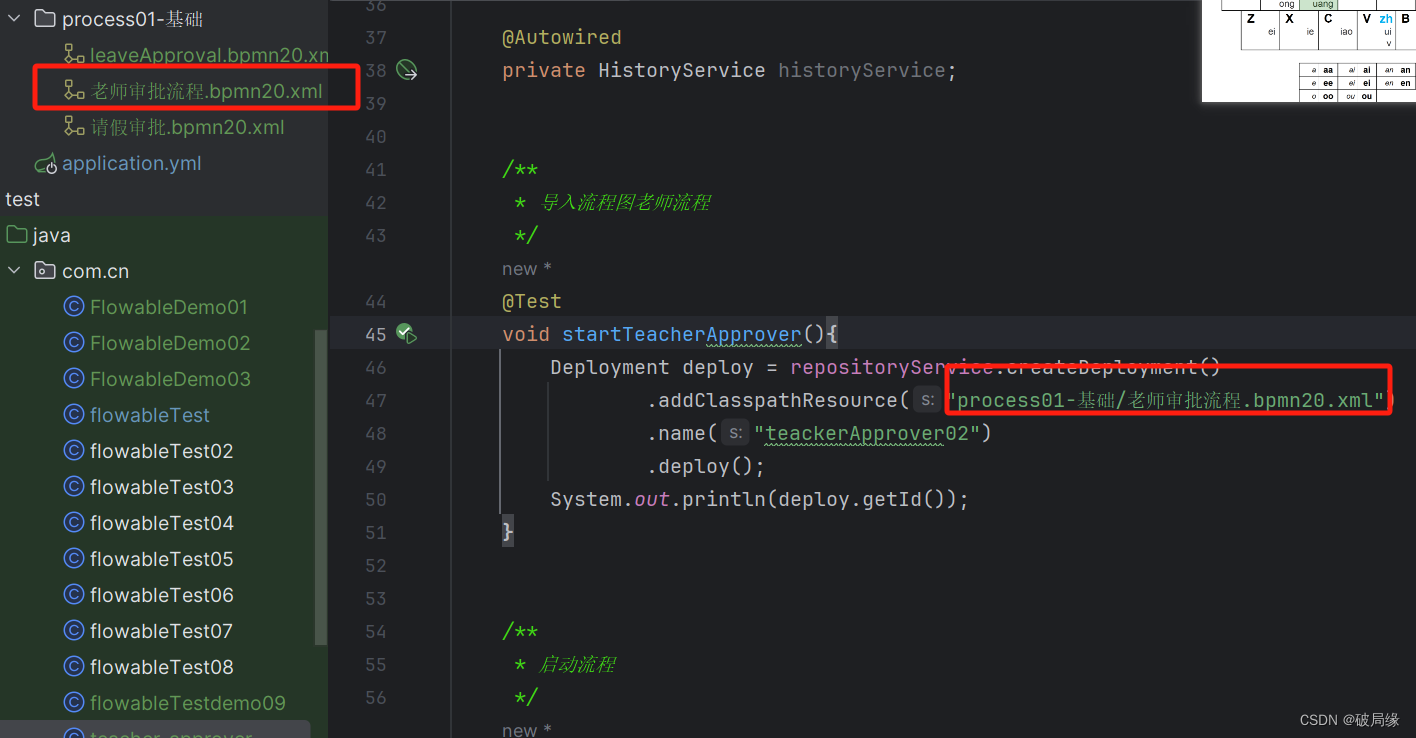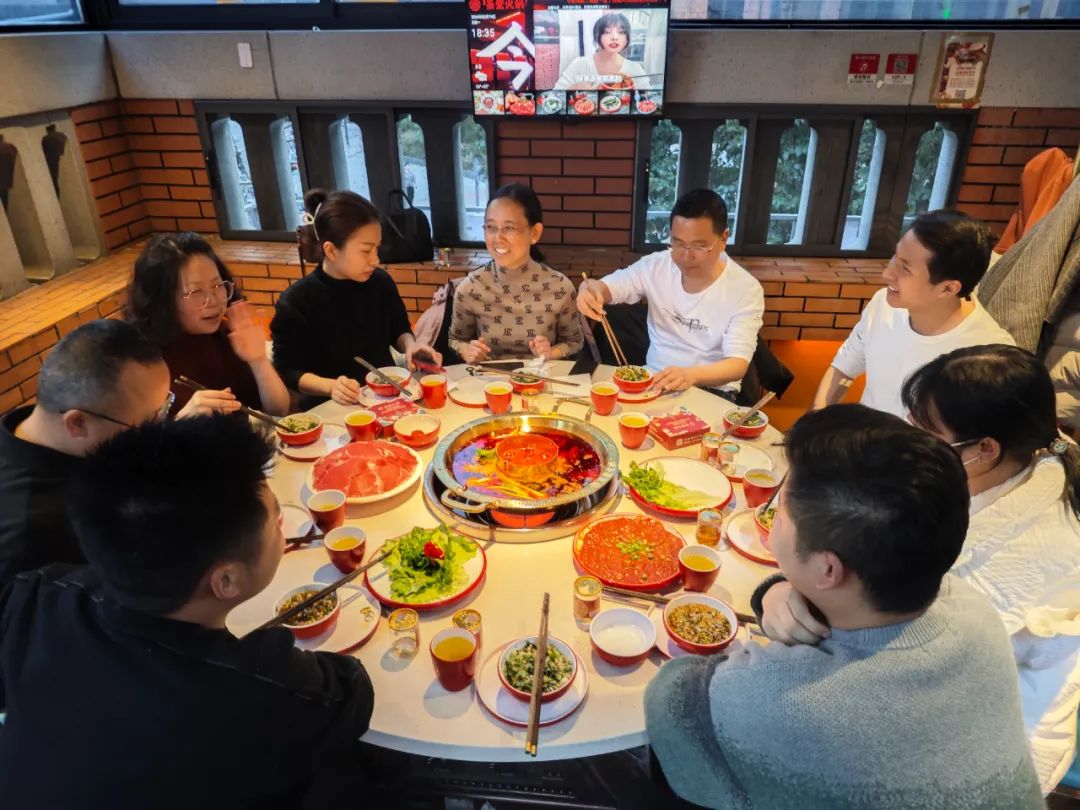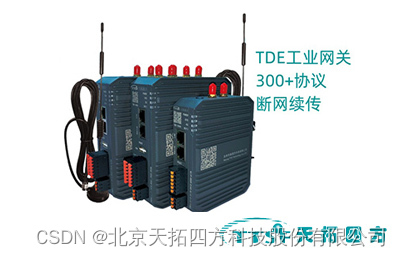flink多流操作
- 1 分流操作
- 2 connect连接操作
- 2.1 connect 连接(DataStream,DataStream→ConnectedStreams)
- 2.2 coMap(ConnectedStreams → DataStream)
- 2.3 coFlatMap(ConnectedStreams → DataStream)
- 3 union操作
- 3.1 union 合并(DataStream * → DataStream)
- 4 coGroup 协同分组
- 4.1 coGroup 实现 left join操作
- 5 join
- 6 broadcast 广播
- 6.1 API 介绍 , 核心要点
1 分流操作
SingleOutputStreamOperator<Student> mainStream = students.process(new ProcessFunction<Student, Student>() {
@Override
public void processElement(Student student, ProcessFunction<Student, Student>.Context ctx, Collector<Student> collector) throws Exception {
if (student.getGender().equals("m")) {
// 输出到测流
ctx.output(maleOutputTag, student);
} else if (student.getGender().equals("f")) {
// 输出到测流
ctx.output(femaleOutputTag, student.toString());
} else {
// 在主流中输出
collector.collect(student);
}
}
});
SingleOutputStreamOperator<Student> side1 = mainStream.getSideOutput(maleOutputTag);
SingleOutputStreamOperator<String> side2 = mainStream.getSideOutput(femaleOutputTag);
2 connect连接操作
2.1 connect 连接(DataStream,DataStream→ConnectedStreams)
connect 翻译成中文意为连接,可以将两个数据类型一样也可以类型不一样 DataStream 连接成一个新 的 ConnectedStreams。需要注意的是,connect 方法与 union 方法不同,虽然调用 connect 方法将两个 流连接成一个新的 ConnectedStreams,但是里面的两个流依然是相互独立的,这个方法最大的好处是 可以让两个流共享 State 状态。
// 使用 fromElements 创建两个 DataStream
DataStreamSource<String> word = env.fromElements("a", "b", "c", "d");
DataStreamSource<Integer> num = env.fromElements(1, 3, 5, 7, 9);
// 将两个 DataStream 连接到一起
ConnectedStreams<String, Integer> connected = word.connect(num);
2.2 coMap(ConnectedStreams → DataStream)
对 ConnectedStreams 调用 map 方法时需要传入 CoMapFunction 函数;
该接口需要指定 3 个泛型:
- 第一个输入 DataStream 的数据类型
- 第二个输入 DataStream 的数据类型
- 返回结果的数据类型。
该接口需要重写两个方法: - map1 方法,是对第 1 个流进行 map 的处理逻辑。
- 2 map2 方法,是对 2 个流进行 map 的处理逻辑
这两个方法必须是相同的返回值类型。
//将两个 DataStream 连接到一起
ConnectedStreams<String, Integer> wordAndNum = word.connect(num);
// 对 ConnectedStreams 中两个流分别调用个不同逻辑的 map 方法
DataStream<String> result = wordAndNum.map(new CoMapFunction<String, Integer, String>() {
@Override
public String map1(String value) throws Exception {
// 第一个 map 方法是将第一个流的字符变大写
return value.toUpperCase();
}
@Override
public String map2(Integer value) throws Exception {
// 第二个 map 方法将是第二个流的数字乘以 10 并转成 String
return String.valueOf(value * 10);
}
});
2.3 coFlatMap(ConnectedStreams → DataStream)
对 ConnectedStreams 调用 flatMap 方法。调用 flatMap 方法,传入的 Function 是 CoFlatMapFunction;
这个接口要重写两个方法:
- flatMap1 方法,是对第 1 个流进行 flatMap 的处理逻辑;
- flatMap2 方法,是对 2 个流进行 flatMap 的处理逻辑;
这两个方法都必须返回是相同的类型。
// 使用 fromElements 创建两个 DataStream
DataStreamSource<String> word = env.fromElements("a b c", "d e f");
DataStreamSource<String> num = env.fromElements("1,2,3", "4,5,6");
// 将两个 DataStream 连接到一起
ConnectedStreams<String, String> connected = word.connect(num);
// 对 ConnectedStreams 中两个流分别调用个不同逻辑的 flatMap 方法
DataStream<String> result = connected.flatMap(new CoFlatMapFunction<String, String, String>() {
@Override
public void flatMap1(String value, Collector<String> out) throws Exception {
String[] words = value.split(" ");
for (String w : words) {
out.collect(w);
}
}
@Override
public void flatMap2(String value, Collector<String> out) throws Exception {
String[] nums = value.split(",");
for (String n : nums) {
out.collect(n);
}
}
});
3 union操作
3.1 union 合并(DataStream * → DataStream)
该方法可以将两个或者多个数据类型一致的 DataStream 合并成一个 DataStream。DataStream union(DataStream… streams)可以看出 DataStream 的 union 方法的参数为可变参数,即可以合并两 个或多个数据类型一致的 DataStream,connect 不要求两个流的类型一致,但union必须一致。
下面的例子是使用 fromElements 生成两个 DataStream,一个是基数的,一个是偶数的,然后将两个 DataStream 合并成一个 DataStream。
// 使用 fromElements 创建两个 DataStream
DataStreamSource<Integer> odd = env.fromElements(1, 3, 5, 7, 9);
DataStreamSource<Integer> even = env.fromElements(2, 4, 6, 8, 10);
// 将两个 DataStream 合并到一起
DataStream<Integer> result = odd.union(even);
4 coGroup 协同分组
coGroup 本质上是join 算子的底层算子;功能类似;可以用cogroup来实现join left join full join的功能。 代码结构如下:
DataStreamSource<String> stream1 = env.fromElements("1,aa,m,18", "2,bb,m,28", "3,cc,f,38");
DataStreamSource<String> stream2 = env.fromElements("1:aa:m:18", "2:bb:m:28", "3:cc:f:38");
DataStream<String> res = stream1
.coGroup(stream2)
.where(new KeySelector<String, String>() {
@Override
public String getKey(String value) throws Exception {
return value;
}
})
.equalTo(new KeySelector<String, String>() {
@Override
public String getKey(String value) throws Exception {
return value;
}
})
.window(TumblingEventTimeWindows.of(Time.seconds(5)))
.apply(new CoGroupFunction<String, String, String>() {
@Override
public void coGroup(Iterable<String> first, Iterable<String> second, Collector<String> out) throws Exception {
// 这里添加具体的 coGroup 处理逻辑
// 这两个迭代器,是这5s的数据中的某一组,id = 1
}
});
4.1 coGroup 实现 left join操作
package batch;
import org.apache.flink.api.common.functions.CoGroupFunction;
import org.apache.flink.api.common.functions.FlatMapFunction;
import org.apache.flink.api.common.typeinfo.TypeHint;
import org.apache.flink.api.java.ExecutionEnvironment;
import org.apache.flink.api.java.operators.DataSource;
import org.apache.flink.api.java.tuple.Tuple2;
import org.apache.flink.api.java.tuple.Tuple3;
import org.apache.flink.streaming.api.datastream.DataStream;
import org.apache.flink.streaming.api.datastream.DataStreamSource;
import org.apache.flink.streaming.api.datastream.SingleOutputStreamOperator;
import org.apache.flink.streaming.api.environment.StreamExecutionEnvironment;
import org.apache.flink.streaming.api.windowing.assigners.TumblingProcessingTimeWindows;
import org.apache.flink.streaming.api.windowing.time.Time;
import org.apache.flink.util.Collector;
public class coGrouptest {
public static void main(String[] args) throws Exception {
StreamExecutionEnvironment env = StreamExecutionEnvironment.getExecutionEnvironment();
// id name
DataStreamSource<String> stream1 = env.socketTextStream("localhost", 9998);
// id age
DataStreamSource<String> stream2 = env.socketTextStream("localhost", 9999);
// nc -lp 9999
// nc -lp 9998
SingleOutputStreamOperator<Tuple2<String, String>> s1 = stream1.map(s -> {
String[] arr = s.split(",");
return Tuple2.of(arr[0], arr[1]);
}).returns(new TypeHint<Tuple2<String, String>>() {
});
SingleOutputStreamOperator<Tuple2<String, String>> s2 = stream2.map(s -> {
String[] arr = s.split(",");
return Tuple2.of(arr[0], arr[1]);
}).returns(new TypeHint<Tuple2<String, String>>() {
});
DataStream<Tuple3<String, String, String>> out = s1.coGroup(s2).where(tp -> tp.f0) //左的f0 id 字段
.equalTo(tp -> tp.f0) //又的f0 id 字段
.window(TumblingProcessingTimeWindows.of(Time.seconds(2)))
.apply(new CoGroupFunction<Tuple2<String, String>, Tuple2<String, String>, Tuple3<String, String, String>>() {
@Override
public void coGroup(Iterable<Tuple2<String, String>> iterable, Iterable<Tuple2<String, String>> iterable1, Collector<Tuple3<String, String, String>> out) throws Exception {
for (Tuple2<String, String> t1 : iterable) {
boolean t2isnull = false;
for (Tuple2<String, String> t2 : iterable1) {
out.collect(new Tuple3<String, String, String>(t1.f0,t1.f1,t2.f1));
t2isnull = true;
}
if(!t2isnull){
out.collect(new Tuple3<String, String, String>(t1.f0,t1.f1,null));
}
}
}
});
out.print();
env.execute();
}
}
5 join
用于关联两个流(类似于 sql 中 join),需要指定 join,需要在窗口中进行关联后的逻辑计算。
只能支持inner join 不支持 左右和全连接
stream.join(otherStream)
.where(<KeySelector>)
.equalTo(<KeySelector>)
.window(<WindowAssigner>)
.apply(<JoinFunction>);
实例:
SingleOutputStreamOperator<Student> s1;
SingleOutputStreamOperator<StuInfo> s2;
// join 两个流,此时并没有具体的计算逻辑
JoinedStreams<Student, StuInfo> joined = s1.join(s2);
// 对 join 流进行计算处理
DataStream<String> stream = joined
// where 流 1 的某字段 equalTo 流 2 的某字段
.where(s -> s.getId()).equalTo(s -> s.getId())
// join 实质上只能在窗口中进行
.window(TumblingProcessingTimeWindows.of(Time.seconds(20)))
// 对窗口中满足关联条件的数据进行计算
.apply(new JoinFunction<Student, StuInfo, String>() {
// 这边传入的两个流的两条数据,是能够满足关联条件的
@Override
public String join(Student first, StuInfo second) throws Exception {
// first: 左流数据 ; second: 右流数据
// 计算逻辑
// 返回结果
return null;
}
});
// 对 join 流进行计算处理
joined.where(s -> s.getId()).equalTo(s -> s.getId())
.window(TumblingProcessingTimeWindows.of(Time.seconds(20)))
.apply(new FlatJoinFunction<Student, StuInfo, String>() {
@Override
public void join(Student first, StuInfo second, Collector<String> out) throws Exception {
out.collect();
}
});
6 broadcast 广播
Broadcast State 是 Flink 1.5 引入的新特性。 在开发过程中,如果遇到需要下发/广播配置、规则等低吞吐事件流到下游所有 task 时,就可以使用Broadcast State 特性。下游的 task 接收这些配置、规则并保存为 BroadcastState, 将这些配置应用到 另一个数据流的计算中 。

6.1 API 介绍 , 核心要点
- 将需要广播出去的流,调用 broadcast 方法进行广播转换,得到广播流 BroadCastStream
- 然后在主流上调用 connect 算子,来连接广播流(以实现广播状态的共享处理)
- 在连接流上调用 process 算子,就会在同一个 ProcessFunciton 中提供两个方法分别对两个流进行 处理,并在这个 ProcessFunction 内实现“广播状态”的共享
public class _16_BroadCast_Demo {
public static void main(String[] args) throws Exception {
Configuration configuration = new Configuration();
configuration.setInteger("rest.port", 8822);
StreamExecutionEnvironment env = StreamExecutionEnvironment.createLocalEnvironmentWithWebUI(configuration);
env.setParallelism(1);
// id,eventId
DataStreamSource<String> stream1 = env.socketTextStream("localhost", 9998);
SingleOutputStreamOperator<Tuple2<String, String>> s1 = stream1.map(s -> {
String[] arr = s.split(",");
return Tuple2.of(arr[0], arr[1]);
}).returns(new TypeHint<Tuple2<String, String>>() { });
// id,age,city
DataStreamSource<String> stream2 = env.socketTextStream("localhost", 9999);
SingleOutputStreamOperator<Tuple3<String, String, String>> s2 = stream2.map(s -> {
String[] arr = s.split(",");
return Tuple3.of(arr[0], arr[1], arr[2]);
}).returns(new TypeHint<Tuple3<String, String, String>>() { });
/**
* 案例背景:
* 流 1: 用户行为事件流(持续不断,同一个人也会反复出现,出现次数不定
* 流 2: 用户维度信息(年龄,城市),同一个人的数据只会来一次,来的时间也不定 (作为广播流)
* 需要加工流 1,把用户的维度信息填充好,利用广播流来实现
*/
// 将字典数据所在流: s2 , 转成 广播流
MapStateDescriptor<String, Tuple2<String, String>> userInfoStateDesc =
new MapStateDescriptor<>("userInfoStateDesc", TypeInformation.of(String.class),
TypeInformation.of(new TypeHint<Tuple2<String, String>>() {}));
BroadcastStream<Tuple3<String, String, String>> s2BroadcastStream = s2.broadcast(userInfoStateDesc);
// 哪个流处理中需要用到广播状态数据,就要 去 连接 connect 这个广播流
SingleOutputStreamOperator<String> connected = s1.connect(s2BroadcastStream)
.process(new BroadcastProcessFunction<Tuple2<String, String>, Tuple3<String, String, String>, String>() {
/**BroadcastState<String, Tuple2<String, String>> broadcastState;*/
/**
* 本方法,是用来处理 主流中的数据(每来一条,调用一次)
* @param element 左流(主流)中的一条数据
* @param ctx 上下文
* @param out 输出器
* @throws Exception
*/
@Override
public void processElement(Tuple2<String, String> element,
BroadcastProcessFunction<Tuple2<String, String>,
Tuple3<String, String, String>, String>.ReadOnlyContext ctx,
Collector<String> out) throws Exception {
// 通过 ReadOnlyContext ctx 取到的广播状态对象,是一个 “只读 ” 的对象;
ReadOnlyBroadcastState<String, Tuple2<String, String>> broadcastState = ctx.getBroadcastState(userInfoStateDesc);
if (broadcastState != null) {
Tuple2<String, String> userInfo = broadcastState.get(element.f0);
out.collect(element.f0 + "," + element.f1 + "," + (userInfo == null ? null : userInfo.f0) + "," + (userInfo == null ? null : userInfo.f1));
} else { out.collect(element.f0 + "," + element.f1 + "," + null + "," + null);
}
}
/****
* @param element 广播流中的一条数据
* @param ctx 上下文
* @param out 输出器
* @throws Exception
*/
@Override
public void processBroadcastElement(Tuple3<String, String, String> element,
BroadcastProcessFunction<Tuple2<String, String>, Tuple3<String, String, String>, String>.Context ctx,
Collector<String> out) throws Exception {
// 从上下文中,获取广播状态对象(可读可写的状态对象)
BroadcastState<String, Tuple2<String, String>> broadcastState = ctx.getBroadcastState(userInfoStateDesc);
// 然后将获得的这条广播流数据,拆分后,装入广播状态
broadcastState.put(element.f0, Tuple2.of(element.f1, element.f2));
}
resultStream.print();
env.execute();
}
}

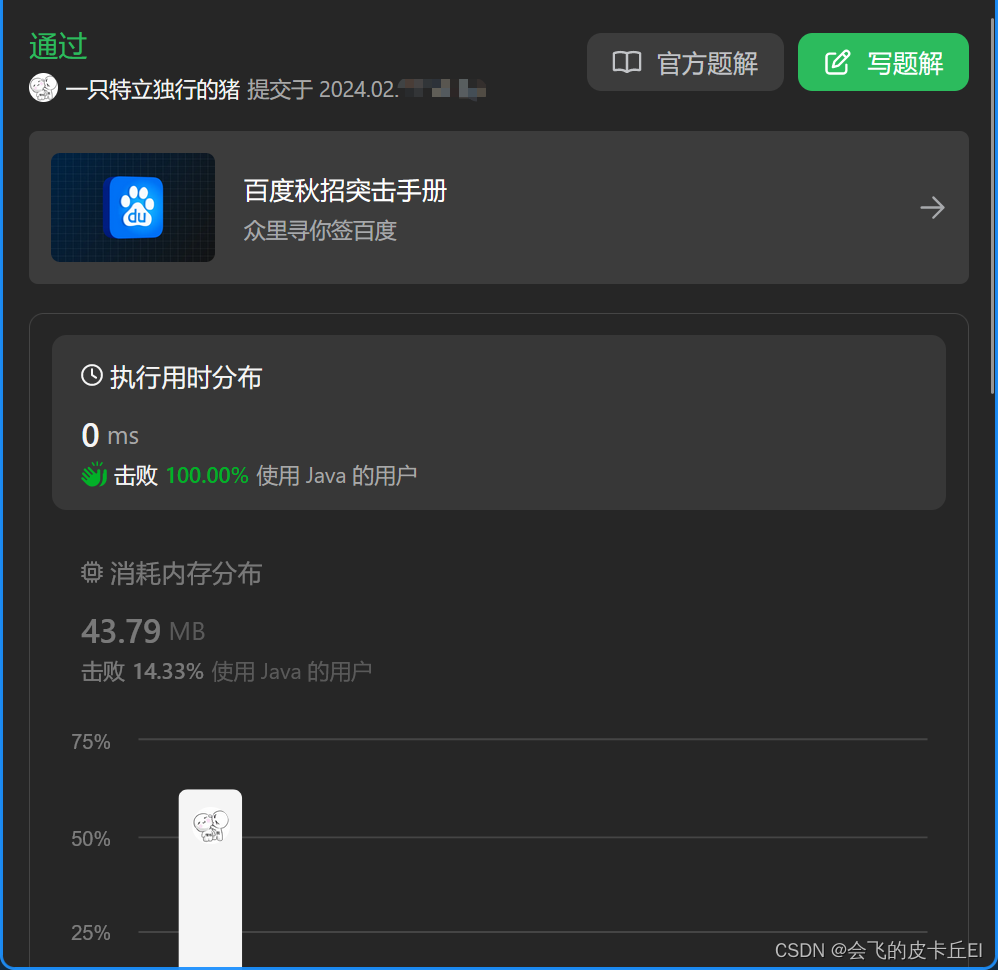
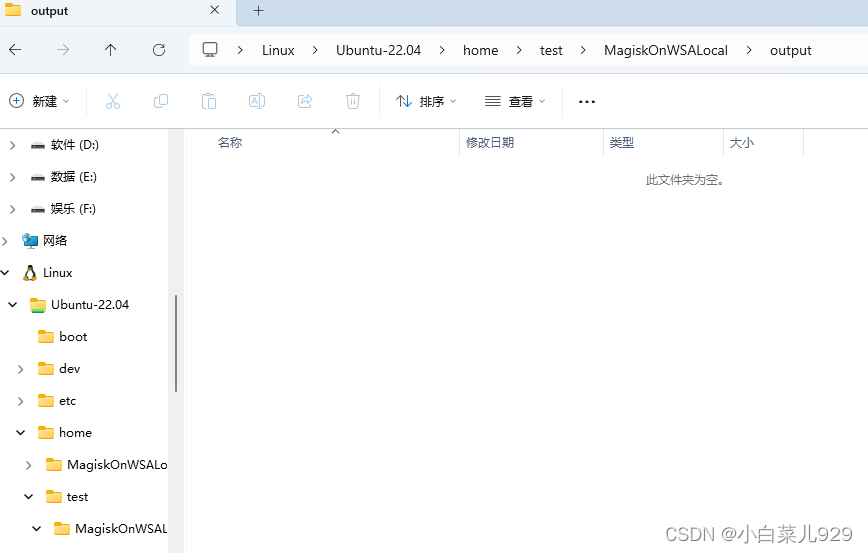
![[SwiftUI]自定义下划线](https://img-blog.csdnimg.cn/direct/fe613bdc4130494d9606247b896d5ea0.png)

